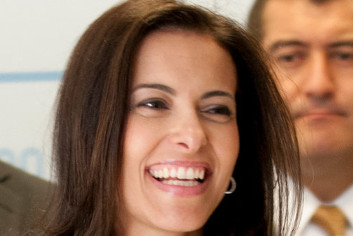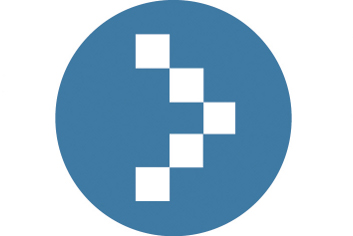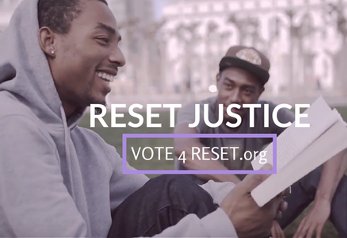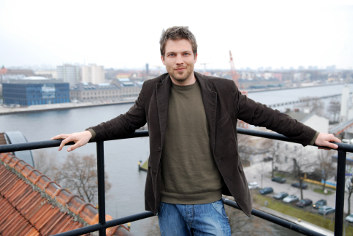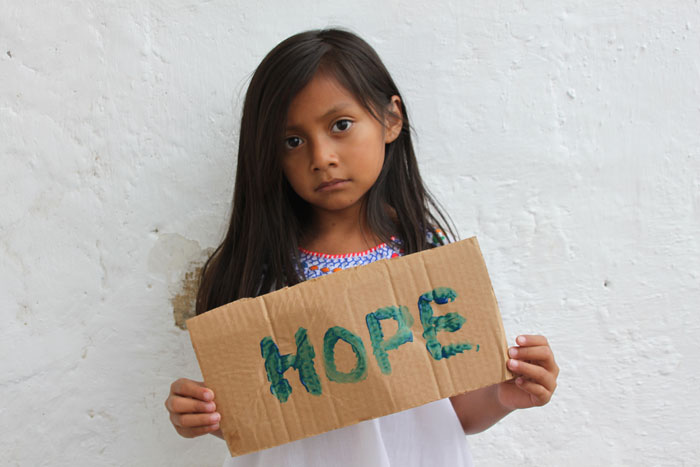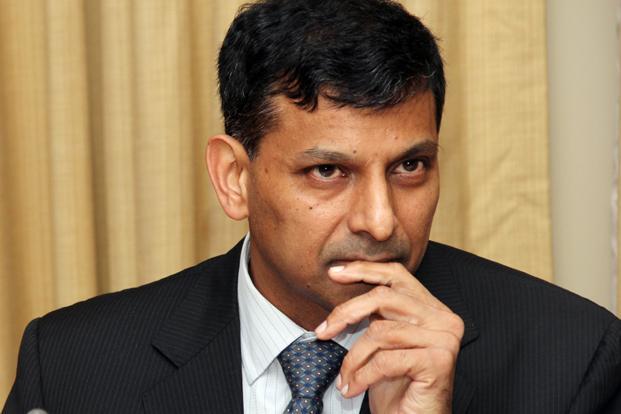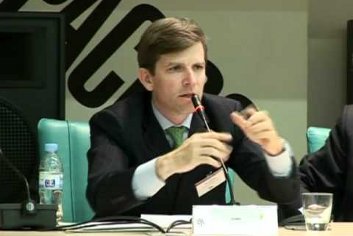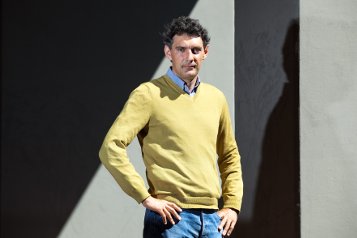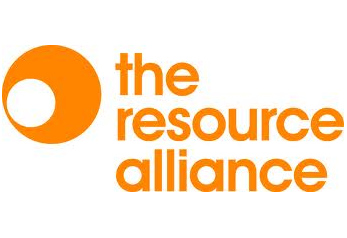The linear ‘take, make, dispose’ model of economy relies on large quantities of easily accessible resources and energy, and as such is increasingly unfit for the reality in which it operates. Working towards efficiency—a reduction of resources and fossil energy consumed per unit of manufacturing output—will not alter the finite nature of their stocks but can only delay the inevitable. A change of the entire operating system seems necessary. A circular economy is one that is restorative by design, and which aims to keep products, components and materials at their highest utility and value, at all times. Circular economy is a global economic model that decouples economic growth and development from the consumption of finite resources; distinguishes between and separates technical and biological materials, keeping them at their highest value at all times. It focuses on effective design and use of materials to optimise their flow and maintain or increase technical and natural resource stocks and rovides new opportunities for innovation across fields such as product design, service and business models, food, farming, biological feedstocks and products. Finally, the circular economy establishes a framework and building blocks for a resilient system able to work in the longer term. A major outcome of taking insights from living systems is the notion of optimising systems rather than components, which can also be referred to as ‘design to fit’—by analogy, the tree is nothing without the forest. It involves a careful management of materials flows, which in the circular economy are of two types as described by McDonough and Braungart (Cradle to Cradle, Re-making the way we make things): biological nutrients, designed to re-enter the biosphere safely and build natural capital, and technical nutrients, which are designed to circulate at high quality without entering the biosphere.
Related Articles
an introduction to womenomics
meet the DOT Interns
address american poverty via the justice system
Till Behnke's web of trust
How do they get access to health?
pay close attention to the Micro Consignment Model
Job description: saving India's economy
a portrait of R.R.
job opportunities urgently needed
The economists behind Occupy Wall Street
the revelations of Emmanuel Saez and Thomas Pikkety
Australians started something good
funds and supporters or the more worthy
the work of the Resource Alliance
![]()
STAY IN TOUCH
SUBSCRIBE TO OUR NEWSLETTER
AND RECEIVE OUR LATEST STORIES

